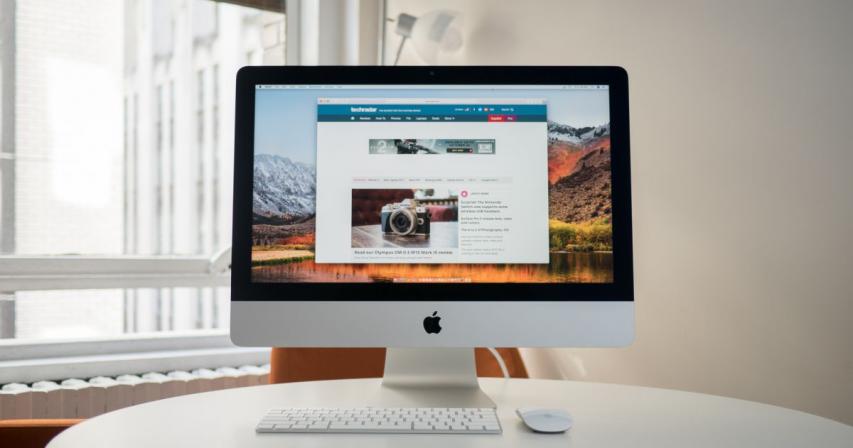5 Ways to Use Digital Signage on Your Office
- 4 years ago

Digital signage can be used around the office to agitate, motivate, inform and reform your staff. There are many ways you can use digital signage around the office to help your business function more smoothly or more efficiently. Plus, they are pretty cost-effective tools with plenty of benefits for office workspaces. Here are five ways you may use digital signage, like https://kitcast.tv/industries/gas-station-digital-signage/, around your office.
Let’s say that there is a big meeting later, but you are not sure that everybody has heard. Perhaps some people were away ill or having days off when it was announced, and perhaps the staff move around so much that managers cannot get in touch with all of them at once. With digital signage in the office, people may stay abreast of what is going on by simply looking at the screens as they walk past. Large and small events may be noted on the boards, from early day closing to things like fire drills. They could inform people of things like:
Changes in business hours
Staff position changes
Food and health warnings
New staff rules
Appointments with clients
Current in-office problems
Delivery or pickup times
Let’s say your staff are supposed to achieve a certain number of sales per day, they could be kept abreast of how well they are doing with leader boards. Such numbers may also help them determine what sort of sales approach to take. For example, if they are selling certain insurance policies, and they are lagging behind on a certain up-sell, then they could see how far they are lagging and then make a push for those up-sells as the day goes on.
On the other hand, perhaps you run a haulage firm, and you want to know how far away your lorries are, are which transport vans are on time and which are not. Your entire logistics crew could be kept updated all at once with the use of digital signage in the office.
There are some jobs where competitiveness helps. A digital sign in the office could help show people which staff members are winning, losing, and which are holding the team up. In some cases, this may bring out the competitive edge in the staff member or may bring out the collaborative edge as they try to raise their total scores in unison. The management may use its software to keep staff members updates on a moment-to-moment basis or have the program update twice daily so that staff are not constantly watching the boards for updates in the same way that time-wasters watch the clock.
How does one directly manage staff with digital signage? Isn’t it too one-way, or too sterile? In some respects it is, but it all depends on the functions your staff have. For example, there are call centers where key performance indicators are not just for motivation, they also determine how staff should act. They may determine how long people spend on the phones, how much they try up-selling, or may even determine what sorts of discounts and offers they give away to the people they call.
Other ways that staff are directly managed is through direct orders and instructions. For example, people at the front insert their food orders into the machine, and the order appears in the kitchens on the screen so staff may pick them off and fill them before sending them back to the front. In catalog stores, people walk up and make an order, and that order is run through to the back. A digital screen gives the order number and the items. A ticket is stuck to the order with the number, and it is pushed up the conveyor belt to the front of the shop.
In these two examples, people are being directly managed, almost as if there were somebody there over their shoulder telling them what to do. However, they are being directly managed by the information displayed on digital signage. Since the worker doesn't require any sort of additional information or guidance when dealing with the orders that come up on the board, there is no need for a walk-around manager to interfere in the supply chain. However, in such cases, there is often a walk-around supervisor, who may deal with one-off problems that the staff have.
It all depends on the type of business you run, but you could show the progress of collaborative projects on digital boards. For example, let’s say you are running a games development company. Your staff each take on roles where they complete certain jobs and then post their results so that others may keep working on their project. It is like a production line where some people cannot start doing certain tasks until others have finished their job. Some staff members have to decide their next job based on what others have already done.
Rather than them having to re-check in with their collaborative software, they can just look up at the board and see how far the other project participants are getting along with their parts of the project. The team members may then decide which of their own jobs they may complete next, or they may even join other teams that are perhaps lagging behind. Teams run more smoothly and projects are completed more quickly because people are kept constantly informed.
Source: Pixabay
Comments